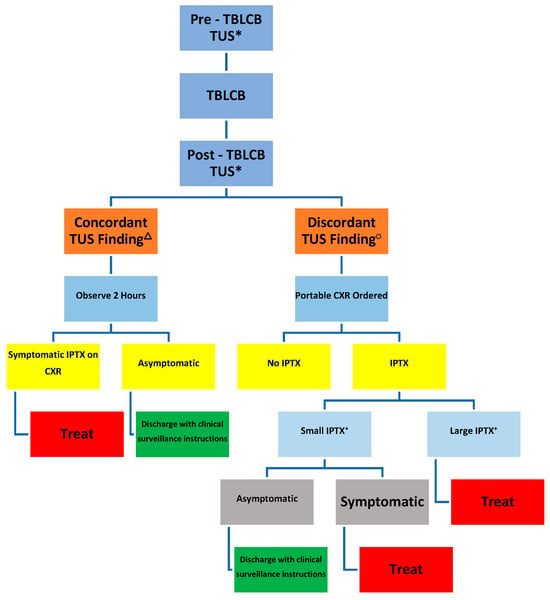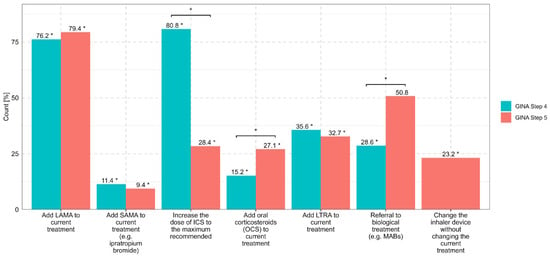- Review
Asthma, Infections and Immunodeficiency
- Alberto García de la Fuente,
- Ebymar Arismendi and
- Mariona Pascal
- + 1 author
The relationship between asthma, infections, and immunodeficiencies is complex and affects disease progression. Immune deficiencies can occur independently or because of the inflammatory processes associated with asthma. Early viral infections like respiratory sinticial virus and rhinovirus trigger asthma attacks, while bacteria such as Haemophilus influenzae, Streptococcus pneumoniae, Mycoplasma pneumoniae, and Chlamydia pneumoniae worsen airway inflammation. People with asthma often have defects in innate (mucociliary clearance, interferons, defensins, NK cell, and eosinophils) and adaptive immunity such as immunoglobulin (Ig) deficiencies, making them more vulnerable to lung infections. Combined and selective deficiencies of IgA, IgG, IgM, and IgE are linked to higher asthma rates and reduced effectiveness of treatments, but immunoglobulin therapy can help control symptoms. Biologic therapies also decrease asthma exacerbations during periods of high viral activity by boosting immune responses and airway defenses. However, the link between asthma and higher infection risk is not well studied or understood, so guidelines do not recommend routinely checking for immunodeficiencies in cases of poor treatment response. Further investigation is required to elucidate these relationships and enhance management approaches.
8 December 2025



![Immune dysregulation in Cystic Fibrosis. A. The periciliary layer of the Cystic Fibrosis airway is dehydrated leading to poor mucociliary clearance as a result of dysfunctional CFTR protein that is normally expressed in airway epithelial cells [47,48]. B. Mucus plugging and biofilm buildup becomes a nidus for inhaled pathogens or allergens such as Aspergillus spp. C. Macrophages with impaired CFTR kill pathogens less efficiently and increase secretion of pro-inflammatory cytokines such as IL-6, IL-4, IL-13, and TNF-α [44,49]. D. CFTR deficient airway epithelial cells lead to increased IL-33 when exposed to allergens, resulting in higher expression of Th2 cell with increased release of IL-5, increased eosinophils, and IL-4 and IL-13, stimulating IgE expression by B cells [50,51]. E. Neutrophils, the predominant type of cell in CF airways, have reduced phagocytosis and can release toxic granule contents (e.g., serine and metalloproteases, oxidants) that can cause tissue damage over time. Neutrophils are known to release neutrophil extracellular traps (NETs), which are DNA fibers that immobilize and kill bacterial and fungal pathogens such as Pseudomonas aeruginosa and Aspergillus fumigatus, respectively. Abundant NET formations may attribute to common colonization of such pathogens in people with CF and reduced lung function; recombinant DNase (e.g., inhaled dornase alfa) improves mucociliary clearance by clearing the NET-DNA meshwork [49,51,52].](https://mdpi-res.com/jor/jor-05-00019/article_deploy/html/images/jor-05-00019-g001-550.jpg)

